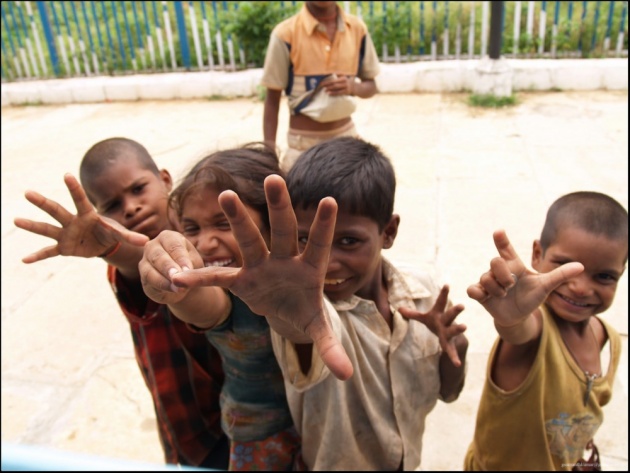Street Children are individuals under the age of 18 who are homeless and end up living in the streets. The United Nations Educational, scientific and culture organization recognizes that a lot of these street children are pushed out of their home because of violence, drug and alcohol abuse, death of a parent, family breakdown, war, natural disaster or socio-economic collapse. They usually end growing up in abandoned habitations, landfill, under bridges, or the streets. These children are forced to make their own living by whatever means necessary many turn to begging or scavenging. Unfortunately this life-style makes them vulnerable to abuse, exploitation, and police violence. Many don’t survive to and end up dying on the streets dying of starvation, drug overdose, or violence. Sadly, street children are rampant through out the world. Humanium estimates that there are 120 million street children worldwide, 30 million in Asia and Africa each and 60 million in South Africa.
 Kenya’s capital Nairobi has around 60,000 street children. The country’s urbanization is said to have brought major poverty to the cities. The United Nations Office on Drug and Crime reports that an endemic to the area is “glue sniffing;” a majority of street children are habitual users. Afghanistan’s capital, Kabul, like Kenya’s capital, is home to around 50,000 to 60,000 street children. On average a street child will earn less than $2 a day. India has 1 million street children through its 3 major cities: New Delhi, Kolkata, and Mumbai. On top of the 1 million children living on the streets over 11 million are making a living who earn a living off the streets.
Kenya’s capital Nairobi has around 60,000 street children. The country’s urbanization is said to have brought major poverty to the cities. The United Nations Office on Drug and Crime reports that an endemic to the area is “glue sniffing;” a majority of street children are habitual users. Afghanistan’s capital, Kabul, like Kenya’s capital, is home to around 50,000 to 60,000 street children. On average a street child will earn less than $2 a day. India has 1 million street children through its 3 major cities: New Delhi, Kolkata, and Mumbai. On top of the 1 million children living on the streets over 11 million are making a living who earn a living off the streets.
A majority of what is known of street children comes form estimates. More data is needed to understand exactly what the situation these street children are in. There are a plethora of reasons why children end up on the streets, have a hard time surviving, and can barely get out. Sadly, the if the street children number took into account the children left to support a families, yet live in a broken home the number might augment, as seen in the numbers in India. 1 million street children only partially represents the fact that 11 million children make their living of the streets instead of getting an education in school. If there were more in depth studies on exactly how many street children and why these children are there, it might help provide policy makers with a better understanding of what policy to make that could help resolve the problem of street children.



